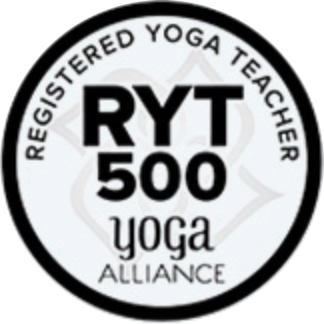Exploring the Healing Power of Yoga Therapy
In a world where stress and demands never stop, many people are looking toward alternative therapies in an attempt to find comprehensive ways to improve their well-being. Of these, yoga therapy has become well-known as a potent and transforming technique that extends beyond exercise. Rooted in ancient Indian philosophy, it combines physical postures, breath work, meditation, or mindfulness to promote overall health and healing.
Understanding Yoga Therapy:
A customized approach to health or wellness, yoga therapy considers the mental, emotional, and physical health of the patient. Yoga treatment sees the patient as a whole, acknowledging the connection of the body, mind, and spirit, in contrast to mainstream medicine, which frequently treats symptoms separately.
Key Components of Yoga Therapy:
- Asanas (Physical Postures): Yoga therapy incorporates a variety of physical postures designed to enhance flexibility, strength, and balance. These asanas not only contribute to physical health but also stimulate energy flow and release emotional tension.
- Pranayama (breath control): The practice of pranayama involves conscious control of the breath. By regulating breathing patterns, individuals can reduce stress, improve respiratory function, and enhance overall mental clarity.
- Meditation and Mindfulness: Yoga therapy places a strong emphasis on meditation and mindfulness techniques. These practices help individuals cultivate a focused and calm mind, leading to reduced anxiety, improved emotional resilience, and a greater sense of inner peace.
- Yoga Nidra (Yogic Sleep): Often referred to as “yogic sleep,” Yoga Nidra is a guided relaxation technique that promotes deep rest and rejuvenation. This practice is particularly beneficial for managing stress, insomnia, and fatigue.
Benefits of Yoga Therapy:
- Stress Reduction: Yoga therapy’s potent remedy for stress combines physical movement, breath work, and meditation. By encouraging relaxation and lowering the release of stress hormones, the exercise stimulates the parasympathetic nervous system.
- Pain Management: Yoga therapy transcends conventional approaches to pain management by recognizing the intricate mind-body connection. The gentle movements and stretches improve flexibility and alleviate muscle tension.
- Mental Health Support: Research has shown that its beneficial for treating mental health issues like anxiety, sadness, and post-traumatic stress disorder (PTSD). The practice’s holistic approach supports mental health and emotional equilibrium.
- Enhanced Self-awareness: People become more conscious of their bodies, thoughts, and emotions through consistent practice. Making decisions that are in line with one’s total well-being is made possible by this self-awareness.
Conclusion:
Yoga therapy is an integrated and holistic approach to health that emphasizes the interdependence of the human body, consideration, and spirit. As people seek alternatives to traditional healthcare, yoga treatment stands out as a time-tested & evidence-based practice which encourages not only their physical health but also mental & emotional well-being. Individuals can embark on a revolutionary journey towards holistic health and a balanced, meaningful existence by adopting the concepts of yoga.



































































